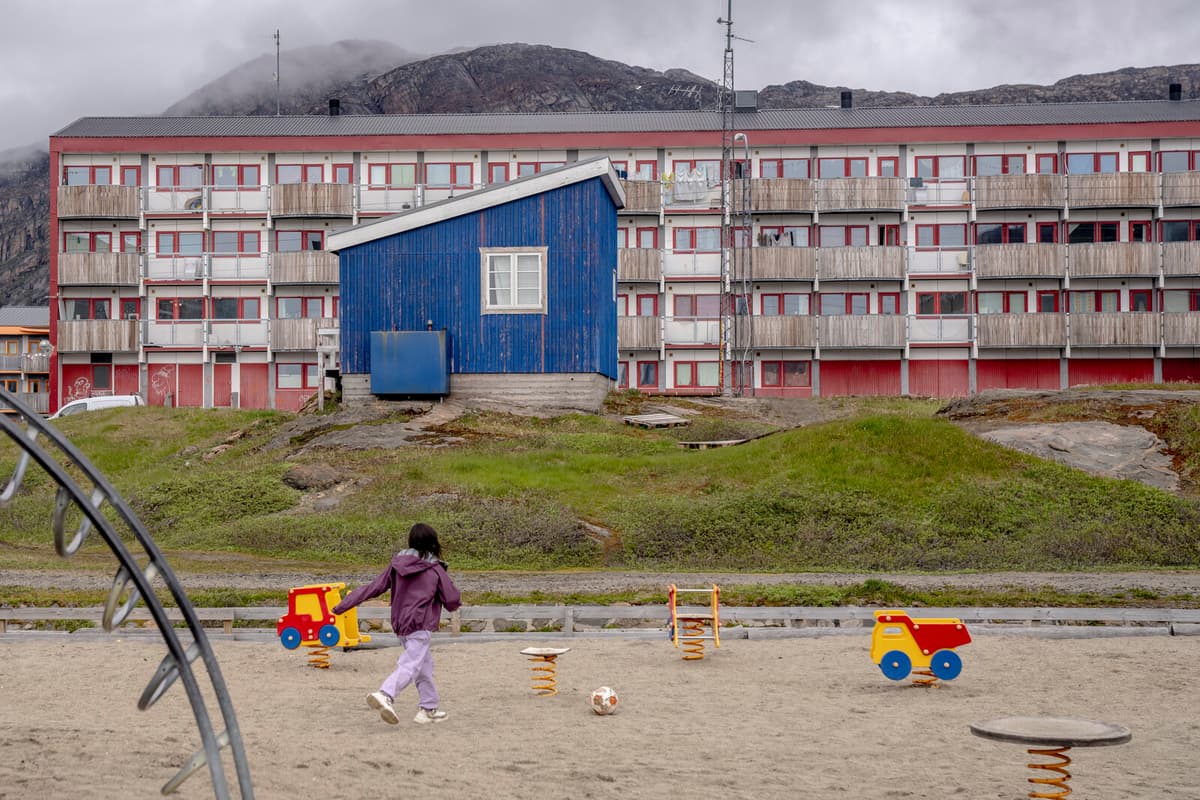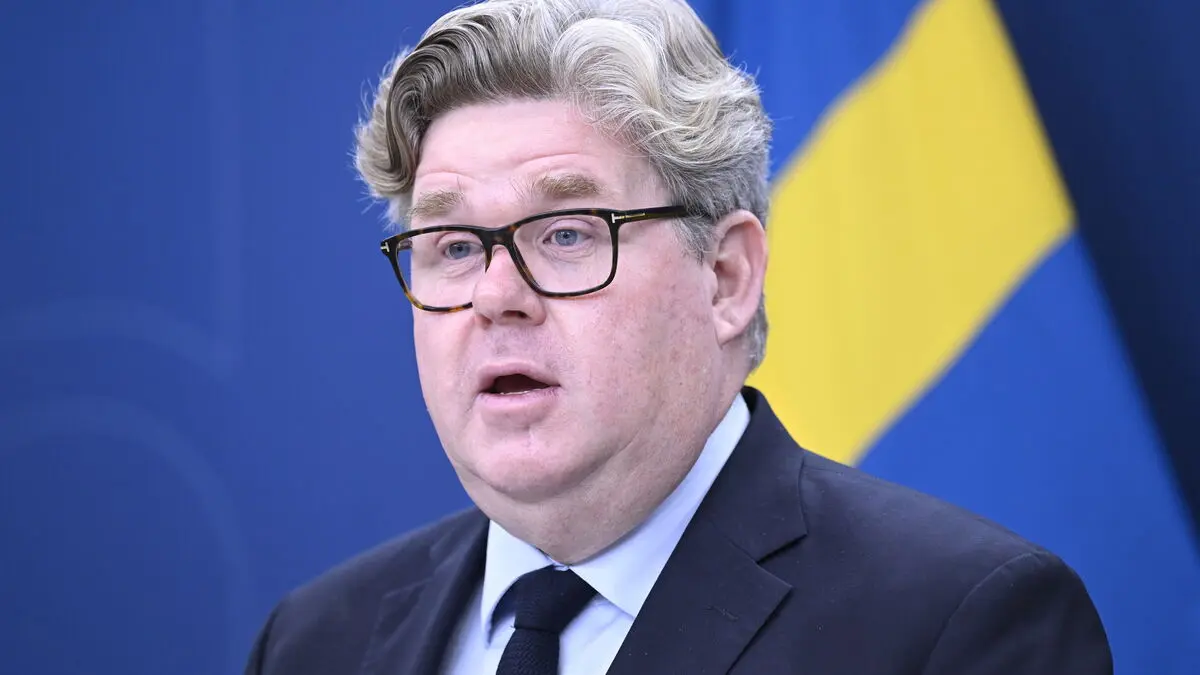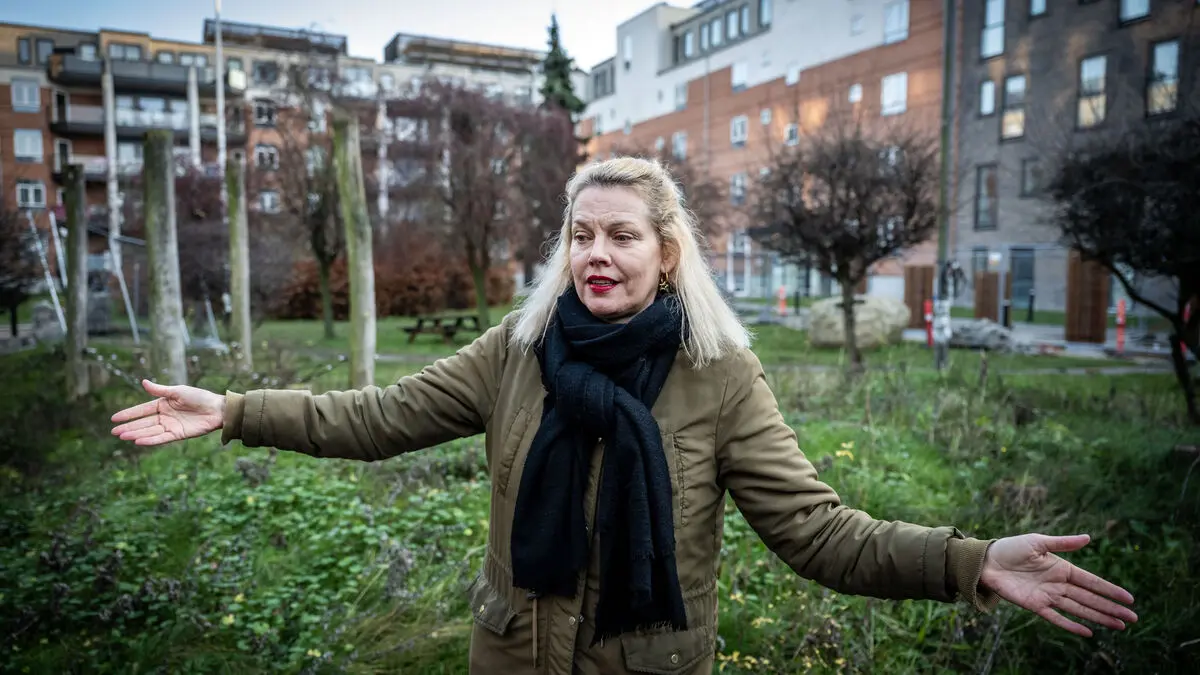"Greenland is an incredible place and the people will benefit enormously if, and when, they become part of our country", wrote incoming President Donald Trump on social media ahead of his son's trip, which according to the father took place together with "diverse representatives".
For the USA, Greenland has great values – not least seen in the island's natural resources with oil, gas, and minerals. Rare earth metals on the island, such as neodymium and dysprosium, are according to The Washington Post today mainly extracted by the USA's antagonists China and Russia. And Greenland's location has long been considered strategic for the USA, which early on during the Cold War established a military base for robot defense and space surveillance on the island.
Trump has had his eyes on Greenland since his previous term. Just before Christmas, he claimed that it is "an absolute necessity" for the USA to take over the island, with reference to "national security and freedom worldwide".
A deal is required
Both Danish and Greenlandic leaders have consistently emphasized that Greenland is not for sale.
"I do not want to be a pawn in Trump's wet dreams of expanding his empire to include our country", writes one of Greenland's representatives in the Danish parliament, Aaja Chemnitz, on Facebook.
Regardless of the reasons behind Trump Jr.'s visit, it takes place during a crucial period: in the middle of the Greenlandic election campaign. At the latest, on April 6, the Greenlanders will go to the polls in a referendum that, according to Danish media, is expected to mainly concern a future separation from Denmark.
Therefore, Greenlandic politicians are now competing for the best setup for independence, says Ulrik Pram Gad, researcher at the Danish Institute for International Studies, to the news agency Ritzau.
Musk gets involved
Greenland is estimated to have some of the world's largest untapped reserves of oil and fossil gas, although the Greenlandic government has banned all future extraction of these. Deep beneath the ice sheet lies another untouched treasure trove: gold, copper, precious stones, and uranium.
But despite the resources, the island is still dependent on Danish contributions and cooperation with Denmark's healthcare and legal systems. For sustainable independence, some form of cooperation agreement with a larger partner is required.
If you just declare independence, you lack three, four billion kronor per year and a place to send cancer patients, says Ulrik Pram Gad.
Not only Donald Trump wants to have a finger in the pie regarding Greenland. In recent years, Russia and China have also shown increasing interest in the island.
"Greenland's people should decide their own future, and I think they want to be part of the USA", wrote Trump's ally Elon Musk on X on Monday.
Greenland is classified as the world's largest island with an area five times larger than Sweden's. About 80 percent is covered in ice, in some places over three kilometers thick.
About 57,000 inhabitants live on the island, and the largest city is Nuuk (formerly Godthåb in Danish). Greenlandic is the official language, but Danish plays a significant role in public activities. Shrimp fishing is the most important industry.
In the 1720s, the island became a Danish colony on the initiative of the missionary Hans Egede. In 1953, Greenland became an equal Danish county. In 1979, the island gained limited but relatively extensive self-government, with its own legislative assembly and government (the landsting and landsstyret).
The question of whether Greenland should become independent has often been topical. A series of opinion polls in recent years have shown that a large majority of the inhabitants want the island to break free from Denmark, but the possibilities of managing on their own are still considered limited.
While Denmark supports Greenland economically, the USA has a great opportunity to use the island for military purposes, among other things, at the airbase Pituffik (formerly Thule) in the north and with radar stations monitoring the airspace in the Arctic.
Source: Landguiden/UI





